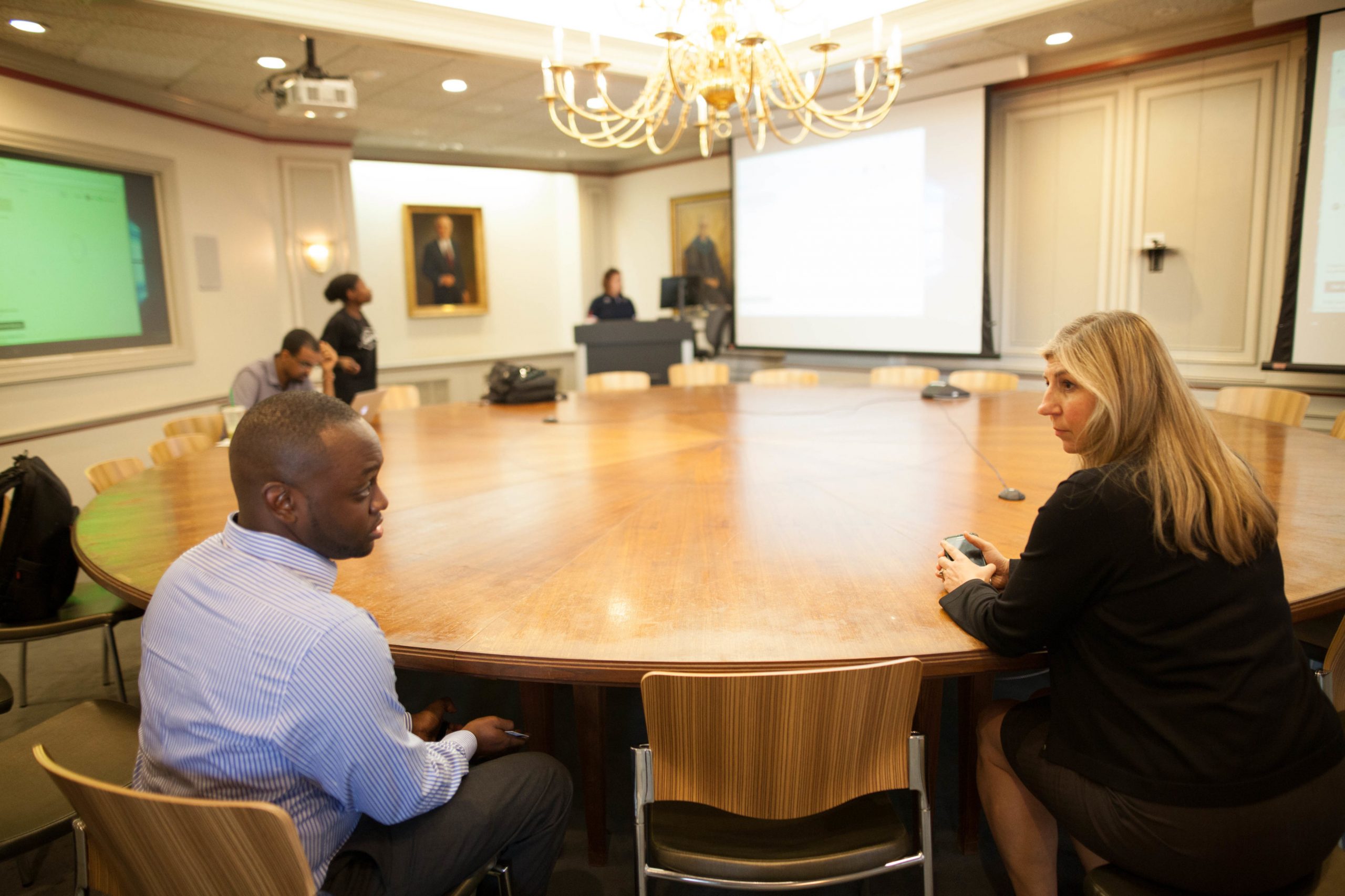
Step outside on any street of Atlanta and you’re likely to find a new development that wasn’t there a month ago. Cranes are as common as towers in our skyline, and ducking under scaffolding has become second-nature to Atlanta residents. It seems these days buildings pop up just like weeds in our red Georgia clay.
But this unyielding growth in almost every district of Atlanta causes ongoing controversy for its effect on our livelihood. While Atlanta is busy chasing million-dollar investments, like the Mercedes-Benz Stadium, the BeltLine, Summerhill developments, or the new Amazon headquarters, small businesses are being squashed and long-time residents are being shoved to the curb.
Many chalk this up as a necessary path for a modern city’s growth and development. Others fight for the residents being chewed up by money-hungry developers that swear they are committed to diversity and affordable housing. Say what you want, but gentrification has a hold on Atlanta, and is maybe one of the most representative terms of the city’s history.
Where the city has fallen short, private developers have tried to step in. Ryan Gravel, father of the BeltLine, originally promised Atlanta 5,600 affordable housing units along the 22-mile city loop. Atlanta Beltline Inc. has so far built a whopping 785 units — missing their goal by a mere 4,815 affordable living spaces. But perhaps we already knew that would happen. In Gravel’s book, Where We Want to Live: Reclaiming Infrastructure for a New Generation of Cities, gentrification is mentioned only 14 times in its more than 4,000 pages. Gravel is admittedly more concerned with transportation and connecting a sprawling Atlanta.
Additionally, BeltLine’s CEO, Paul Morris also resigned from the BeltLine last year amid concerns that affordable housing funding was not enough to fund once looked-upon promises. The BeltLine, which once was a beacon for hope in Atlanta’s fight for equality in development, is now one of the largest contributing factors to gentrification. A Georgia Tech study reported that from 2011 and 2015, “values rose between 17.9 percent and 26.6 percent more for homes within a half-mile of the BeltLine than elsewhere.”
And you might remember, last year, Georgia State’s acquisition of ex-Turner Field, now Georgia State stadium, stirred up protests around campus, and later on a Tent City outside the field, by students and residents fearful of the big G-word. Residents expressed concerns about the lack of transportation possibilities in their existing neighborhoods, and an even bigger lack of transit stations in the areas they were being pushed towards.
And that might be a wake-up call for City Hall, along with the sombering news that ATL isn’t favored by Amazon. In a recent Atlanta Business Chronicle article, Atlanta didn’t even make a possible top 25 for Amazon’s new headquarters.
Why?
Poor transportation and living costs. Simply put, not enough businesses (and especially the city government) are putting money into effective mass transit (like the Atlanta Streetcar, which saw ridership plummet 50 percent in 2016) and affordable housing (like the BeltLine). If the Amazon headquarters falls from Atlanta’s hands, we hope Atlanta will take it as a learned lesson.
It’s time for Atlanta’s businesses and government to step up and address gentrification, but then again, it’s been time for a long time. If larger projects and conglomerates aren’t willing to sacrifice millions by incorporating affordable living units, then maybe it’s the city’s job to create legislation that would require them to.
Let’s put more time and effort into cultivating an inclusive, equal city — one that allows businesses and residents to prosper. And for God’s sake, let’s fix our transit system.
